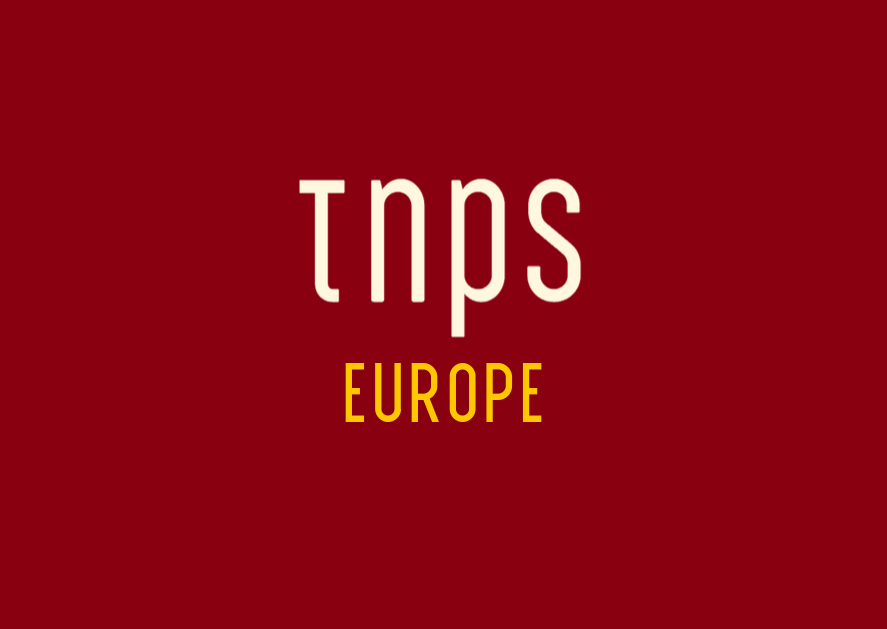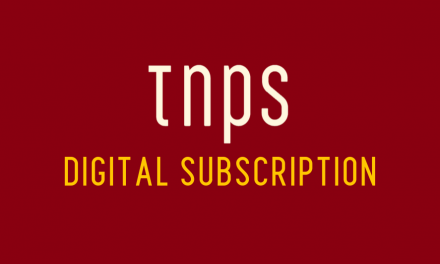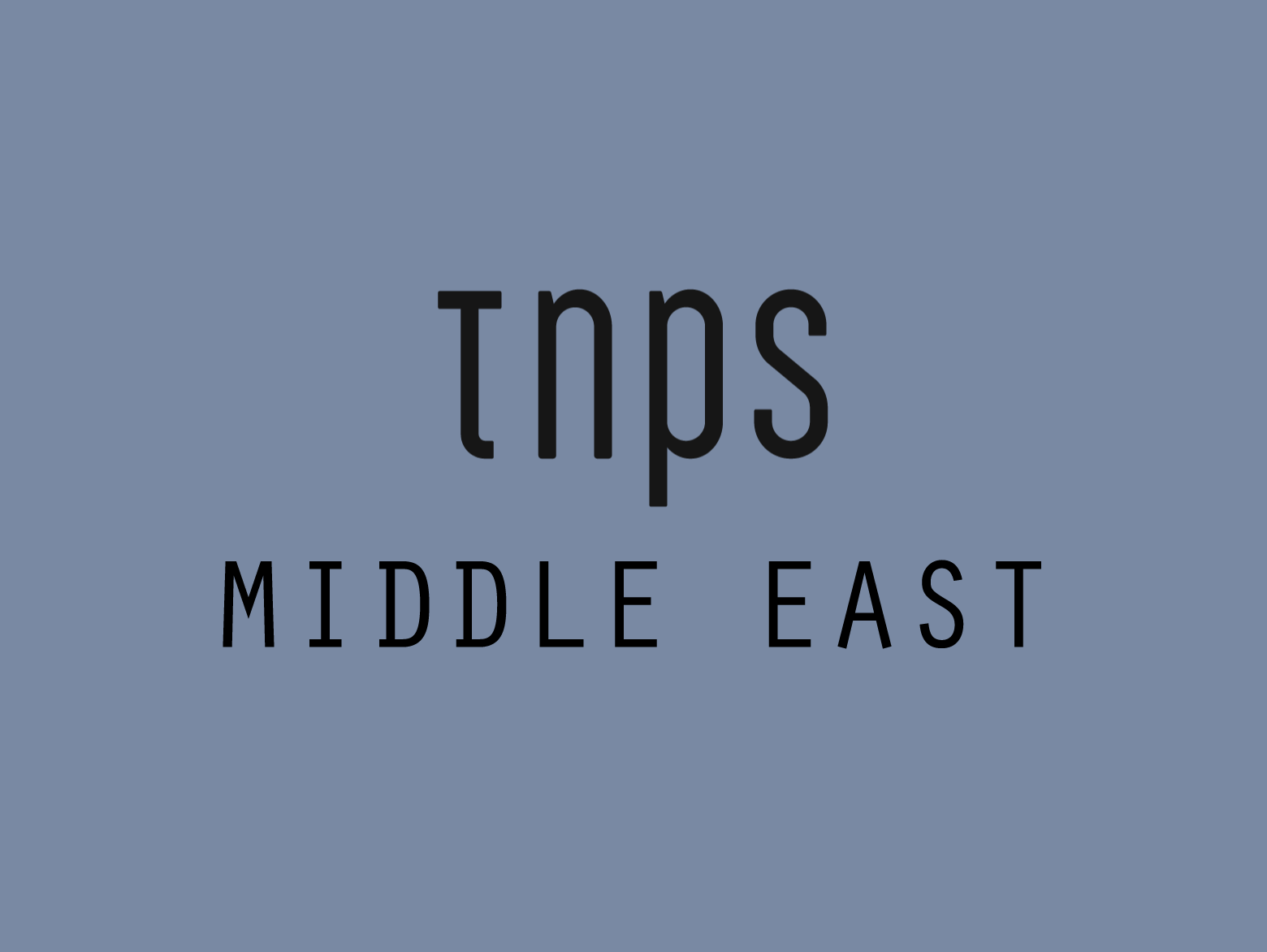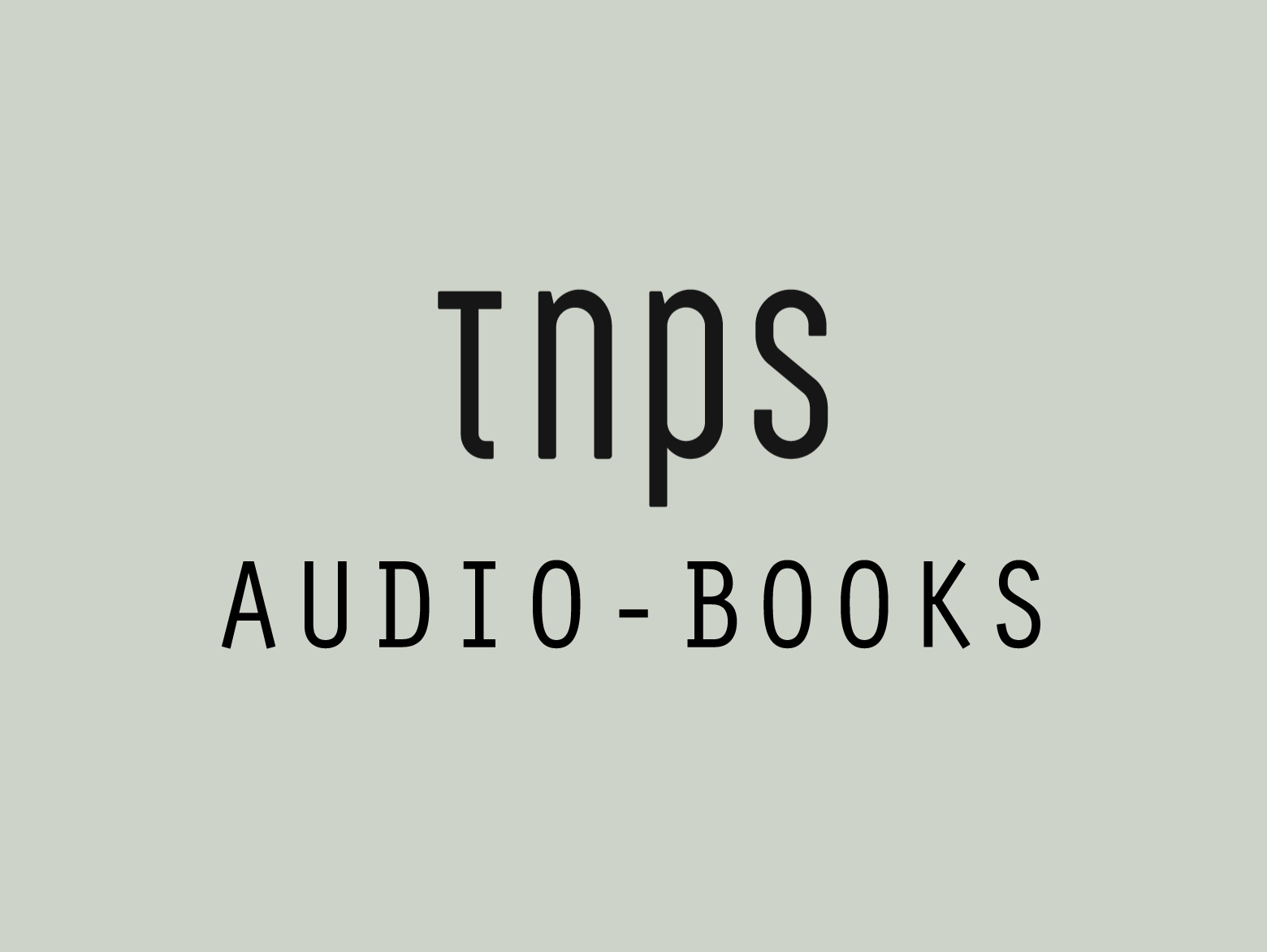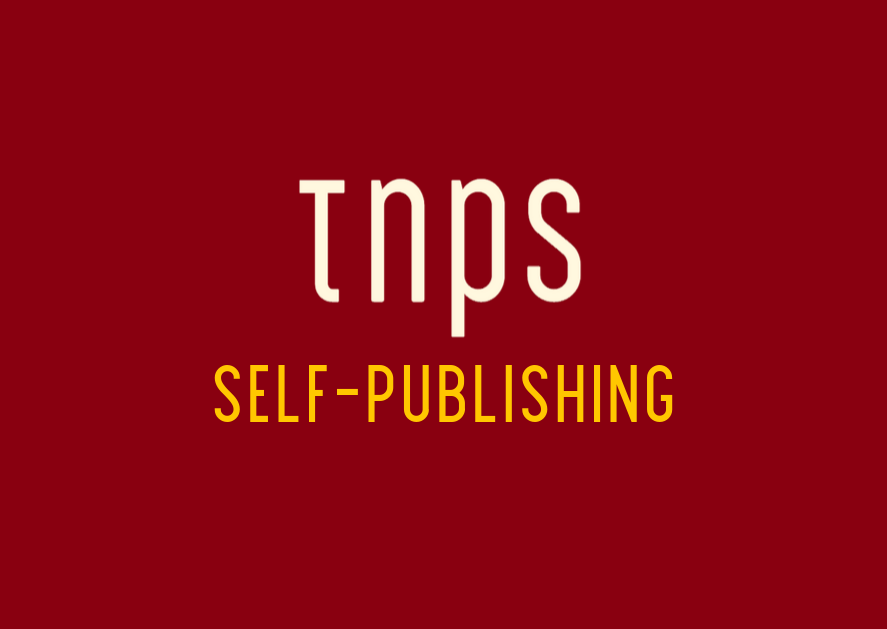Launching with 200 titles, and aiming to add ten new titles each month, BooKids by Nickleodeon is a new ebook subscription service from Viacom International Media Networks.
Costing US$7.60 (€6.99) per month and available on Android and iOS and also as an add-on through VIMN’s pay-TV partners, BooKids by Nickelodeon,
provides mobile subscribers with access to an exclusive digital library of kids’ books from Nickelodeon and Nick Jr.

Title series will include SpongeBob, PAW Patrol, Ninja Turtles, The Loud House, Dora the Explorer, Shimmer and Shine and Blaze and the Monster Machines, with the digital library split into two age groups (3 to 7 years old and 6 to 12 years old).
The press release notes content will be available in the following formats,
- « AUDIO BOOKS»: children can read along while listening to the story, improving their reading abilities
- « ILLUSTRATED BOOKS » for toddlers
- « CHAPTER BOOKS » for grown ups
- « ACTIVITY BOOKS » books with interactive games: drawing, coloring, puzzles
The venture is not new, just new to France. In the US a version called Nick Jr. has been available since January 2017.
In reference to the launch in France Raffaele Annecchino, president and managing director of VIMN Southern and Western Europe, Middle East and Africa and president of digital mobile strategy for VIMN said,
We’re very excited to announce the launch of our first mobile e-book service of Nickelodeon content in France. BooKids by Nickelodeon is an innovative digital library that will give kids and families even more ways to interact with our content, now available via our e-book app on all their mobile devices.
The bigger picture: This is just one more in a continuous roll-out of digital reading subscription services that are slowly but steadily eroding the traditional bookselling model, with consumption that is often untracked and unremarked by the stats counters that tell us the health of the book markets.
Publishers understandably have mixed feelings abut the model. But the real question is just how far the model can continue to be warmly received by consumers is a matter for conjecture.
On the one hand consumers love the flexibility of content at low prices. On the other, just how many separate subscriptions can an average family be expected to juggle before saying enough is enough?

